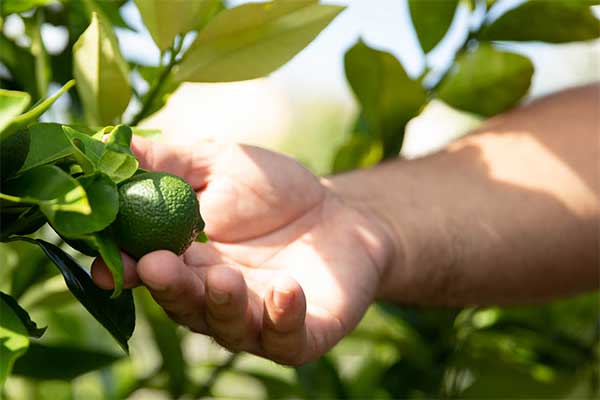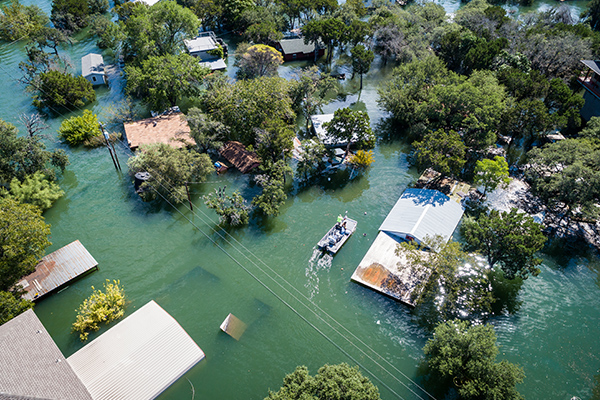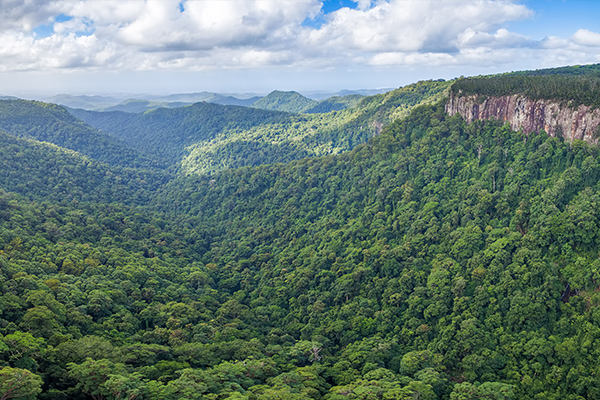
Wildfires Are Growing.
What Can We Do to Help?
In the hot, dry West, forests are burning at record levels. It’s up to us to save them.

In September of 2020, residents in San Francisco woke up to a blood-orange sky.
The unsettling hue was caused by several large wildfires fires outside the city. And as the viral images spread, they served as a solemn reminder of the destruction happening in our forests.
Globally, wildfires are burning twice the amount of forest they did 20 years ago. The American West is at the epicenter of this shift . 2020 was the region’s most active wildfire season on record, burning more than 4 million acres of land in California alone.
The headlines may seem bleak — but not all hope is lost. With expert partners like the USDA Forest Service, we’re on a mission to restore these forests on an unprecedented scale.
Why Are Fires Doing More Damage?
Fires are a natural part of our forest ecosystems. They clear out old vegetation and infuse the soil with new, life-sustaining nutrients.
The fires of the past few decades, however, are a different story.
Extreme heat caused by climate change, along with decades of fire suppression, have left Western forests full of dry and dead trees. With no shortage of fuel — and longer, hotter summers — blazes can sustain themselves much longer and grow to massive sizes.

These megafires are reducing forests’ ability to naturally regenerate. Burned areas need a certain amount of trees to survive so they can spread seeds and grow new trees. But the hotter and more intense the fire is, the less likely this is to occur.
That’s why it’s crucial that we step in and help these areas recover.
Our Strategic Approach
The first step to combating wildfires is forest management — in other words, removing the dead trees and vegetation that fuel large fires.
While this approach isn’t new, it’s now being adopted on a much larger scale. California recently announced a plan to proactively treat 1 million acres of forest each year instead of its usual 200,000. The Forest Service is aiming to properly manage 20 million acres over the next 10 years, and the White House has also invested $930 million for this same purpose. This strategy is essential to forests’ long-term health.
Planting new seedlings is the other critical half of this effort. To slow the forest loss happening each year, we have to give nature a helping hand.

That’s why our organization is on a mission to plant 500 million trees in areas of greatest need, including the Western United States, by July of 2027.
Forest managers and silviculturists know what’s best for their land. They’ve walked through the burn scars, observed the rates of tree survival, and seen the impacted wildlife. That’s why we look to these planting experts — including the Forest Service, which we’ve partnered with for the past 30 years — to tell us what trees are needed where.
Each planting area has a plan that’s tailored to its needs. For example, in forests that have suffered from fire damage or disease, hardier trees may be planted to increase their survival rate. Trees are also considered for their biodiversity value, meaning they’re given special priority if they support a large amount of wildlife or protect an endangered species
It’s not just about planting a tree. It’s about planting the right one, at the right time, in the right place.
Making our future a little less hazy — and giving our forests a fighting chance.


